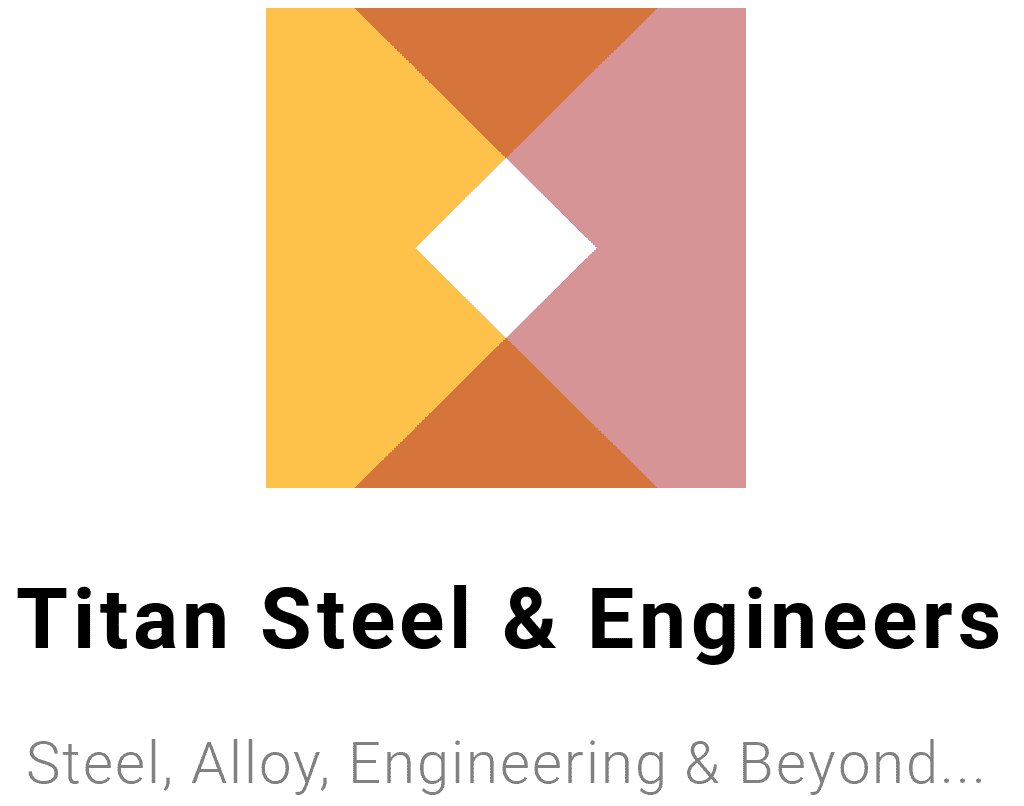Understanding Iron-Carbon Steel: Properties, Applications, and Future Trends
iron carbon steel has long been the backbone of engineering and construction, forming the foundation of countless infrastructures, tools, and machines. For professionals in these fields, understanding its properties and applications is essential to making informed material choices.
This blog will guide you through the fundamentals of iron-carbon alloys, cover important concepts like the iron-carbon phase diagram, and explore the different types of steels, including how their unique properties shape their applications. By the end, you’ll also discover how innovations and research are shaping the future of this indispensable material.
Introduction to Iron-Carbon Alloys
At its core, iron-carbon steel is a mixture of iron (Fe) and carbon (C), with carbon content typically ranging from 0.2% to 2.1% by weight. Adding carbon to iron significantly changes its properties, improving strength, hardness, and versatility. This makes iron-carbon steel invaluable across industrial and construction applications.
Iron-carbon alloys are flexible, allowing for various processing techniques such as casting, forging, and welding. This ability to engineer customized properties makes it ideally suited for critical structural and mechanical components.
But how exactly does carbon change the behavior of iron? To grasp this, we need to understand the iron-carbon phase diagram.
The Iron-Carbon Phase Diagram Explained
The iron-carbon phase diagram is a crucial tool in metallurgy, offering a road map for understanding how different compositions and cooling rates affect the properties of steel.
Key Components of the Diagram
- Ferrite (α-iron)
Ferrite is a soft, ductile phase that exists at room temperature in steel with low carbon content.
- Austenite (γ-iron)
This high-temperature phase allows for more carbon solubility, making it ideal for heat treatment processes.
- Cementite (Fe₃C)
A hard, brittle phase that forms as carbon content increases, providing additional strength and wear resistance.
- Pearlite
Lamellar layers of ferrite and cementite, forming during slow cooling, result in a balance between strength and ductility.
By carefully controlling carbon levels and cooling rates, we can manipulate the microstructure of steel to achieve specific mechanical properties.
Types of Steel
Steel’s versatility owes much to its various types, which cater to diverse applications depending on their composition and properties.
Carbon Steel
The most basic type of steel, carbon steel primarily consists of iron and carbon. Its strength, ductility, and cost-effectiveness make it a popular choice in construction and manufacturing.
Alloy Steel
Alloy steel adds elements like chromium, manganese, or vanadium to improve properties such as corrosion resistance, toughness, and wear resistance. These steels are preferred in automotive and aerospace industries.
Stainless Steel
Thanks to its chromium content (typically above 10.5%), stainless steel forms a self-repairing oxide layer that prevents rusting. It is widely used for household items, medical devices, and architectural structures exposed to harsh conditions.
Properties of Iron-Carbon Steel
How does iron-carbon steel perform under various conditions? Here’s a breakdown of its key properties.
- Strength: Higher carbon content increases strength, making it suitable for load-bearing structures.
- Hardness: The addition of carbon enhances resistance to wear and deformation.
- Weldability: Low to medium carbon steels are easier to weld due to their reduced hardness and simpler microstructures.
- Ductility: Lower carbon content ensures flexibility and malleability, ideal for shaping.
By balancing these properties, engineers can meet specific project requirements.
Applications in Engineering and Construction
Iron-carbon steel finds extensive use across industries due to its versatile properties.
- Construction: Steel rebar and beams provide structural integrity in bridges, skyscrapers, and highways.
- Automotive: High-strength steel is critical for chassis, engine components, and crash-resistant features.
- Energy: Steel pipelines and equipment for oil and gas industries rely on its durability and cost-efficiency.
- Tools and Machinery: Everything from cutting tools to industrial machines benefits from steel’s wear resistance and strength.
Heat Treatment Processes
To further optimize the properties of steel, heat treatment processes are employed. Here’s an overview of key techniques used to manipulate microstructure for desired outcomes.
Annealing
Steel is heated and then slowly cooled to relieve internal stresses, improving ductility and machinability.
Quenching
This process involves rapid cooling (often in water or oil) to harden steel. However, it can make the material brittle if not followed by tempering.
Tempering
Following quenching, tempering heats the steel to a moderate temperature to reduce brittleness and improve toughness.
These processes are critical for achieving the required mechanical properties for specific applications.
Case Studies: Successful Use of Iron-Carbon Steel
Case Study 1: Steel in Skyscraper Construction
The Burj Khalifa, the tallest building in the world, extensively uses high-strength iron-carbon steel. Its ability to support massive loads while maintaining flexibility was crucial for the structure’s resilience to wind and seismic forces.
Case Study 2: Automotive Lightweighting
To improve fuel efficiency, automakers like Tesla are replacing aluminum with advanced high-strength steels in cars like the Model 3. These steels maintain safety while reducing weight, proving their importance in sustainable automotive engineering.
Future Trends in Iron-Carbon Steel Research
Innovation in iron-carbon steel focuses on creating materials that meet modern challenges such as sustainability and weight reduction.
- Nano-structured Steels: These provide exceptionally high strength without increasing weight.
- Self-healing Steels: Researchers are developing alloys that can repair microscopic cracks, reducing maintenance costs.
- Green Steel Production: Efforts are underway to reduce the industry’s carbon footprint, including initiatives for hydrogen-based steelmaking.
With these advancements, iron-carbon steel will continue to be a leading material in the future.
Optimizing Iron-Carbon Steel for Performance
Iron-carbon steel is indispensable across engineering and construction due to its unique properties, versatility, and affordability. By understanding its phases, heat treatment processes, and applications, professionals can make informed decisions to optimize their projects.
The opportunities for innovation in steel are vast, but mastering the basics is the first step. With its rich history and promising future, iron-carbon steel remains a foundation for progress in modern engineering.

